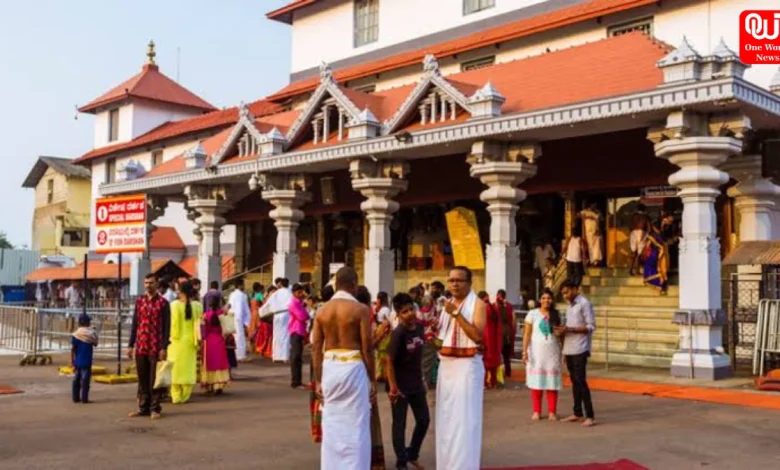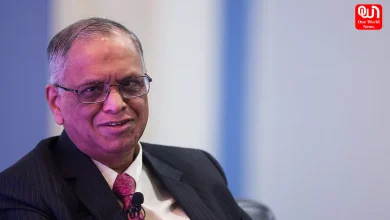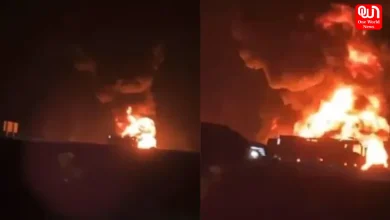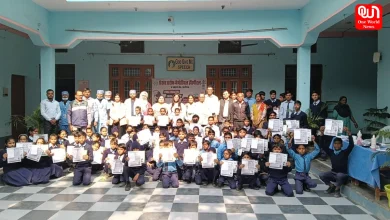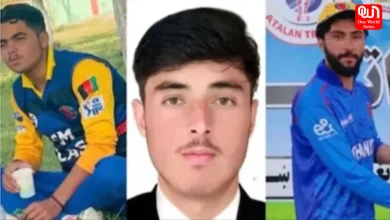Tale of an Indian Temple Town and Hundreds of Murders
The Disturbing Allegations Haunting India's Dharmasthala Temple
Terror at Dharmasthala: Alleged Indian Temple Mass Murders Spark National Outrage
The quiet sanctity of Dharmasthala, a sacred temple town in the southern Indian state of Karnataka, has been rudely broken with a stream of grim charges that have stirred nationwide shudders. A once town of faith and pilgrimage, the place has now become the hub of a mass murder case with a whistleblower saying that he was coerced to dig graves of hundreds of women and girls over the next two decades.
A Religious Center That Became Evil-
Dharmasthala has a pilgrimage site, a 800 year old Sri Manjunatha Swamy Temple attracting thousands of pilgrims everyday. The religious harmony and social service that have been a hallmark of it what the Heggade family has always run are known to have managed it over the centuries. And the very name of a place, Dharmasthala translates as the place of dharma, or righteousness. This image is now however subject to massive questioning. Its reputation is blemished by the claims of being a systematically murderous enclave and cover ups, therefore, leaving the rest of the world wondering how such a holy place could morph into the alleged epic province of gruesome crimes.
The Startling Revelation by the Whistle blower-
It was reported that the case was exposed following a report by a former sanitation worker at the temple whose identity is not being released in order to safeguard him. In his testament, the man claimed that since 1995, he was forced to bury hundreds of bodies, most of which were women and girls, and could be deemed as victims of sexual assault and awful violence. He also recalled bodies washed up on the local Netravathi river and assumed they were suicides but soon realized that they were regularly naked and exhibited strangulation marks. He further alleged that destitute men who arrived in the area were murdered in a systematic fashion.The whistleblower, who left town due to fears in 2014, said guilt and recurring nightmares compelled him to bring to light the crimes he witnessed.
read more: How to Have a Tech-Free Weekend – Even If You Think You Can’t
Allegations and Whistleblower Testimony
In early July 2025, a former sanitation worker who served at the Dharmasthala temple from 1995 to 2014 came forward alleging he was coerced into burying or burning hundreds of bodies, many of which he claims showed signs of sexual assault, acid burns, and strangulation marks. He describes one case involving a teenage schoolgirl buried in uniform with her bag after being strangled, and destitute men suffocated after being tied to chairs. Hearing threats to his and his family’s life, he fled in December 2014. In July 2025, he filed a formal complaint and handed over skeletal remains and photographs as evidence .
Government and SIT Investigation
Following immense public pressure, the Karnataka government registered an FIR on July 4, 2025 under Section 211(a) of the Bharatiya Nyaya Sanhita. The next week, the whistleblower recorded a sworn statement under Section 183 and submitted remains in court. On July 19, authorities constituted a Special Investigation Team (SIT), led by DGP Pronab Mohanty and senior IPS officers. The SIT is mandated to probe this case and related past disappearances and deaths across the state .
Public Outcry and Demands for Accountability
Activist groups—including CPI, AIDWA, and Karnataka Women’s Commission—have demanded the SIT be granted full autonomy, with protections for the whistleblower and legal team, arguing that the allegations point to a long-term pattern of abuse and institutional complicity. CPI leaders have even called for a National Investigation Agency (NIA) takeover, framing these acts as signs of an “organized criminal enterprise” .
Temple Administration Response and Ongoing Challenges
The Dharmasthala temple administration has categorically denied all allegations, calling them “baseless and politically motivated,” and asserted its hope for a transparent investigation by the SIT. Meanwhile, concerns persist regarding witness safety, media leaks, and prior inaction by police and institutions investigationally linked to the temple trust—including unresolved older cases such as the 2012 rape-murder of Sowjanya .
Next Steps
- SIT is actively investigating and may seek exhumation of future burial sites.
- Cases dating back to the 1980s and early 2000s (e.g. missing student Padmalatha, Soujanya murder, Ananya Bhat) are being reopened under SIT jurisdiction.
- Continued activist pressure for judicial oversight or central agency involvement remains high.
The Investigation and Aftermath-
Since the whistleblower’s complaint was sent to police, with activists and lawyers supporting him, the Karnataka government has treated this matter seriously. A Special Investigation Team (SIT) has been established to investigate the allegations regarding mass burials, sexual violence, and the allegations that members of the temple administration engaged in a systematic cover-up. This case has also stimulated family members of women and girls who went missing or died suspiciously in Dharmasthala many years ago, to ask for their cases to be reopened. The charges against the temple, itself, have started a national debate about crime, accountability, and the legitimacy of religious institutions, and has left what was once a peaceful temple town contemplating its recent reputation.
We’re now on WhatsApp. Click to join.
Like this post?
Register at One World News to never miss out on videos, celeb interviews, and best reads.

